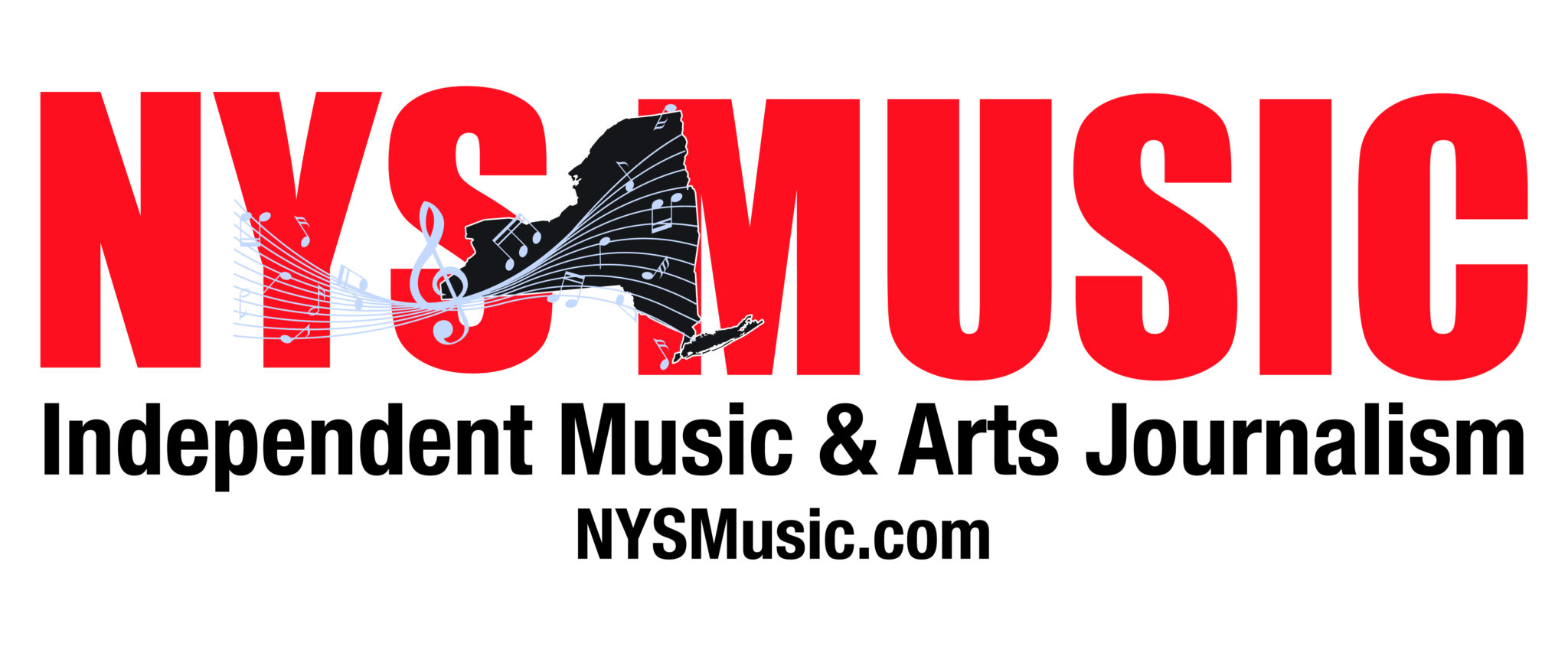Not many institutions mean as much to a community as The Apollo Theater means to Harlem. In The Apollo, academy and Emmy award-winning director—Roger Ross Williams, spends nearly two hours examining not only the musical importance of the theater but, also glimpses at the symbiotic relationship between The Apollo Theater and black community of Harlem.
The world-famous musical hall—located on West 253rd street, between Adam Clayton Powell Jr. boulevard (formerly seventh ave.), and Frederick Douglas boulevard (eighth ave.)—is synonymous with the neighborhood.
Williams, with the help of a number of A-list celebrities, historians and activists, chronicles the history of the theater. From its beginnings as a recognizable institution, under the ownership of Frank Schiffman and Leo Brecher, to the creation of its famous “amateur night at The Apollo.” Which has seen the likes of James Brown, Ella Fitzgerald, Dionne Warrick, Lauryn Hill, Stevie Wonder, and Marvin Gaye, among many other legendary entertainers begin their career there.
Aside from the well-deserved homage to iconic figures that have gotten their start on Apollo’s stage, Williams explores what The Apollo really meant to the inhabitants of Harlem, post-Harlem renaissance. During the era of segregation and Jim Crow, it was one of the few theatre institutions that would allow black people to pay their hard-earned money and enjoy a show. In fact, the residents grew such a love for the theater, that during the riots that preceded the end of Jim Crow, the building was surrounded by people who refused to let any damage happen, as recalled by Schiffman.
These are just some of the fascinating tidbits that can be learned throughout this documentary. Accompanied by great scoring of 19th century hits, The Apollo juggles traveling through time to tell the story of the hundreds of culture-shifting performers that have passed through the building, while simultaneously giving a present day viewing of its arrangements. With exclusive footage to backstage rehearsals of Ta-Nehisi Coates’ Between the World and Me, as well as present-day “amateur night” auditions. It is a recommended informative watch that does justice to the cultural landmark.


Comments are closed.